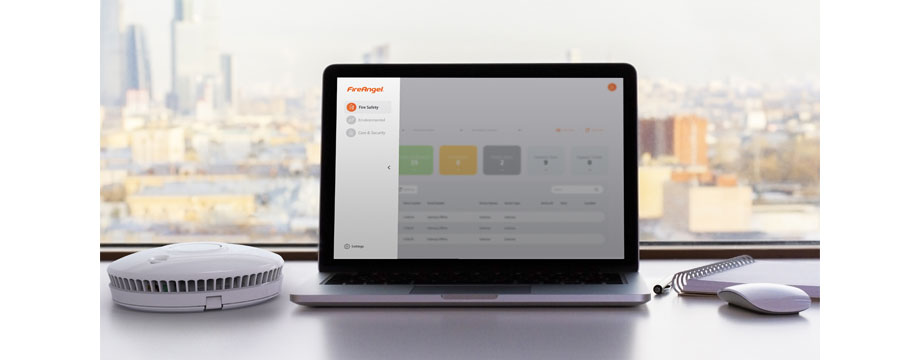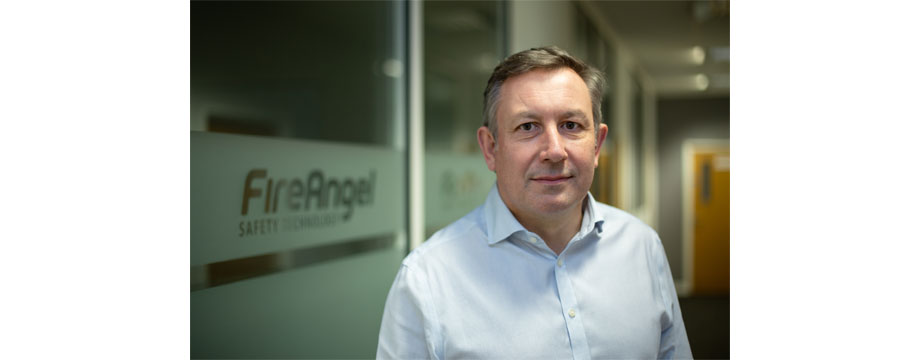In the aftermath of the Grenfell disaster in 2017, hopes were raised that the government would move at speed to overhaul legislation and improve fire safety protection for residents living in social housing in England and Wales.
However, some four years later, even with the Fire Safety Act 2021 being announced, there remains a collective sense of fear and anxiety about the future of fire prevention and response infrastructure amongst housing associations, social landlords and residents.
Times of great need can make way for great change and offer an opportunity to raise standards in a sector that covers four million households, many of which are the most vulnerable in society. An estimated 43% of social housing residents live with a long-term disability, and a third of people who die in fires every year are looked after by a carer. Greater safeguards are needed to ensure this vulnerable group feels better protected from fire risks.
The UK’s population is ageing, and an increasing number of these individuals live with poor physical and mental health conditions, which makes it difficult for them to evacuate buildings without assistance. As a result, there is increasing pressure on social housing landlords and Fire & Rescue Services to be able to measure the level of risk in the event of a fire, according to an individual’s physical or mental status as well as the property environment.

One of the most effective responses to the challenge of managing and mitigating fire risk is the adoption of preventative measures facilitated by connected technology.
FireAngel Connected provides solutions to measure fire risk which can be integrated with existing asset management systems.
By interlinking alarms with wireless technology, if one alarm is triggered, the remaining alarms and ancillary devices are immediately activated, alerting the resident immediately to the unfolding fire.
Additionally, remote monitoring of alarms provides real-time alerts to social landlords to the status of alarms in a property, not only when they are triggered but also when they need to be replaced.
Furthermore, connection to the Internet of Things (IoT) enables landlords to monitor important features such as the building’s age and condition as well as the wear and tear of electrical appliances. Being able to combine this information with data on individuals’ physical or mental status is invaluable.
Using connected technology, a person-centred approach can be applied to fire safety procedures and systems. Safeguards can be implemented, managed, and maintained according to a vulnerable resident’s individual needs, helping to support many of the requirements set out in the charter for social housing residents: social housing white paper.

FireAngel Connected’s latest innovation is the New Generation Cellular Gateway.
Using Smart RF technology, the gateway wirelessly connects smoke, heat and carbon-monoxide alarms in a property to the FireAngel Connected cloud-based platform, adding an enhanced level of fire safety protection.
The FireAngel Connected solution is enhanced with an AI powered fire risk tool, FireAngel Predict™, which uses live data to give a real-time risk level unique to each property.
Allowing for the fact that only 79% of social renters have internet access, the gateway’s design works with a cellular signal, removing the need for Wi-Fi connectivity. However, a back-up of communal Wi-Fi is available if needed.
The New Generation Cellular Gateway has also been specifically designed so its device data can be integrated seamlessly into a social landlord’s existing asset management system. In addition, the gateway has its own customisable dashboard and reporting options.

FireAngel’s Co-founder and Chief Product Officer, Nick Rutter, comments: “Everyone has a right to feel safe living in their own home. With a growing trend towards an ageing population, many of whom are living with underlying health conditions and/or disabilities, there is increasing pressure on social housing landlords to safeguard vulnerable residents. Connected technology can replace ongoing anxiety with the solution and prevent life-threatening events before a risk turns into a 999 call.”
- Log in to post comments













